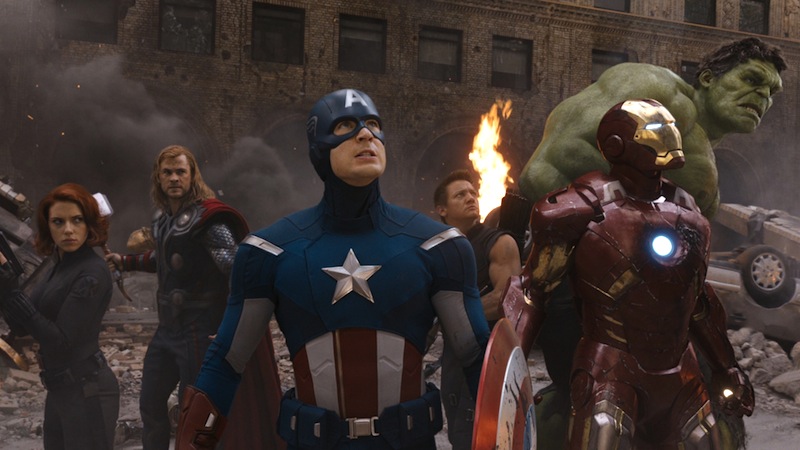I’m a huge nerd for folklore, and I see it everywhere. Everywhere. Have you ever considered, for instance, that Weekend at Bernie’s is actually derived from a long tradition of stories about propping up corpses so people won’t know they’re dead? It’s true! Old stories find a way to live on in whatever form they can.
As we careen towards the premier of Avengers: Age of Ultron, I’ve started thinking about the old stories that are living on in the form of superheroes. Some have made the argument that in our culture, the popularity of superheroes has risen so that we might sate our longing for fallible and diverse gods. I don’t know about that, but I do know that folklore and mythology infuses everything we make, whether or not we are aware of it. Which makes the Avengers folk, at least from where I’m standing…
Captain America and the King Under the Mountain

Captain America sleeps under the ice for 70 years and then awakes to save his country from evil. Sound familiar? It should, because King Arthur was sleeping under various hillsides around Britain for hundreds of years before Steve Rogers was even a glimmer in Marvel’s bank account. He slumbers in this cave or that mound, or maybe off on the Island of Avalon, and he will someday wake in Britain’s greatest hour of need. And Arthur is only one of many slumbering heroes of old: all of Europe is littered with sleeping kings and generals. Bran the Blessed, Fion Mac Cumhaill, and even Charlemagne are literally lying around waiting for their big moment. All of these figures are tied together by their military importance and their remote napping location, and that holds true for Captain America—though it seems like he was lucky he only had to wait 70 years to get back into the action!
Iron Man Scares Faeries
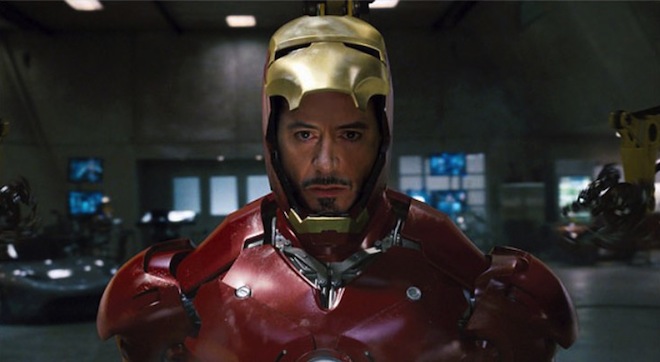
Iron itself is a material with great folkloric significance. For hundreds of years it has been used as a safety measure against dangerous supernatural beings, like those sonic rodent repellant devices, only for faeries and witches instead of mice. This goes back to the cultural importance of iron and the shift that took place once people figured out how to make iron weapons that smote a whole lot better than the old ones. There’s a reason the Iron Age sounds a lot more badass than the Bronze Age. That significance has stuck with us, and continues to make iron a symbol of domination. What better material to represent a hero who uses technology instead of nature and reigns as a king of industry?
Thor Is Literally From Norse Mythology
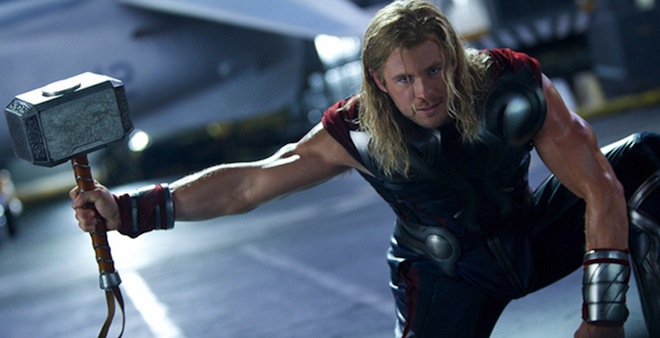
Do we even need to talk about this?
The Incredible Hulk Goes Berserk
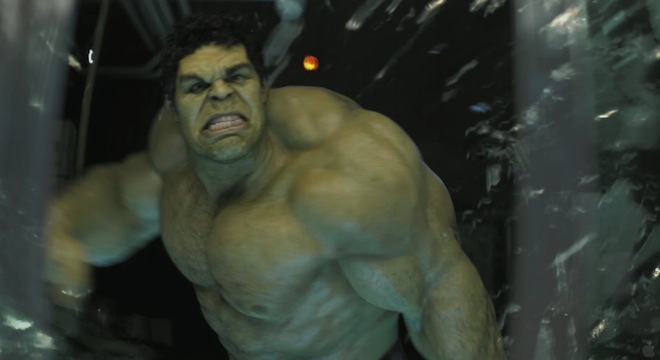
There is an incredibly long tradition of men transforming into beasts in order to become ultimate fighting machines. It was believed that Norse and Celtic warriors would go into berserker rages and take on the fighting ability of wolves and bears. They “bit on their shields, and were as strong as bears or bulls; men they slew, and neither fire nor steel would deal with them; and this is what is called the fury of the berserker.” This is a quote from the Ynglingasaga, written in 1225, but it could just as easily describe the Hulk. Preview footage from Age of Ultron shows Black Widow calming the Hulk, which draws from the ancient belief that women can control the rage of a berserker. One day the berserker Cu Chulainn was riding back towards his village in a frenzy after a battle, and the village, terrified that he would accidentally destroy his own home, sent all the women out on the battlements to flash him. Overcome by the sight of them, he broke his rage and was able to return safely home. The Avengers should count themselves lucky that Black Widow is a student of Irish mythology, although Natasha’s methods obviously involve more clothing and a more nuanced understanding of psychology.
Hawkeye, Man In Tights
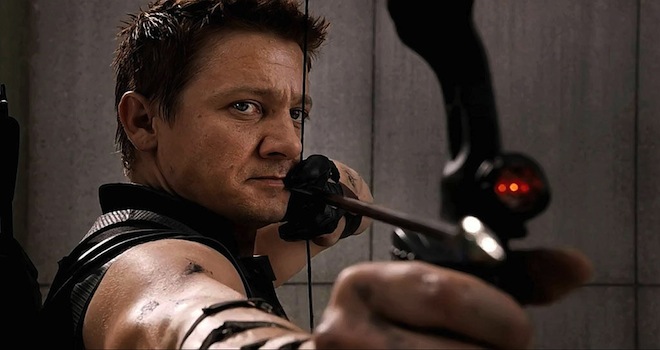
We haven’t learned a lot about Hawkeye from the movies yet, but the image of a man who fights with a bow and arrows is about as folkloric as it gets. Like Robin Hood, Hawkeye is so good with a bow that it doesn’t matter that he’s battling alongside (or against) people who are bigger and stronger than he is. He fights with skill and talent. Both in the movies and the comics, Hawkeye also occasionally finds himself on the wrong side of the fight, going against the status quo and making himself an outlaw of sorts. This connection to a figure that is such a big part of our cultural landscape is what enables Hawkeye to hold his own alongside beings of godlike power.
Black Widow: La Belle Dame Sans Giving a Shit

The femme fatale is a very popular figure in pop culture. Black Widow uses her smarts and beauty to trick people, and is constantly underestimated. In folklore, the femme fatale has been beguiling her way across the patriarchal landscape for centuries. In ancient Greece, Circe charmed Odysseus and his crew for her own purposes; in biblical times, Salome used her beauty to rid John the Baptist of his head; and from the Middle Ages to the Romantic Era, poets have fretted about the deadly charms of La Belle Dame Sans Merci. Perhaps the femme fatale is so popular because she offers a way of wielding power to women who might otherwise be disenfranchised. One need only look at an Avengers poster to see that Black Widow is the lone woman in a sea of sausage, so it seems fitting that her character aligns with this mythic archetype.
If you’d like to hear more of my thoughts on the Avengers and their folkloric links, you can check out the folklore and pop culture podcast Fakelore. Our last episode discusses Captain America and the King Under the Mountain at greater length, and also touched on other influences, including Rip Van Winkle, Thomas the Rhymer, and early American heroes.
Caitlyn Paxson is a writer and storyteller. She has pursued studies in writing, folklore, and performance in the United States, Canada, England, Scotland and France. Past jobs include being an artistic director of storytelling performances, a fiber arts consultant, a legal document and poetry transcriber, and a shepherdess. She is an editor at Goblin Fruit, can sometimes be found discussing folklore and pop culture on the Fakelore Podcast and performing with the Banjo Apocalypse Crinoline Troubadours.










